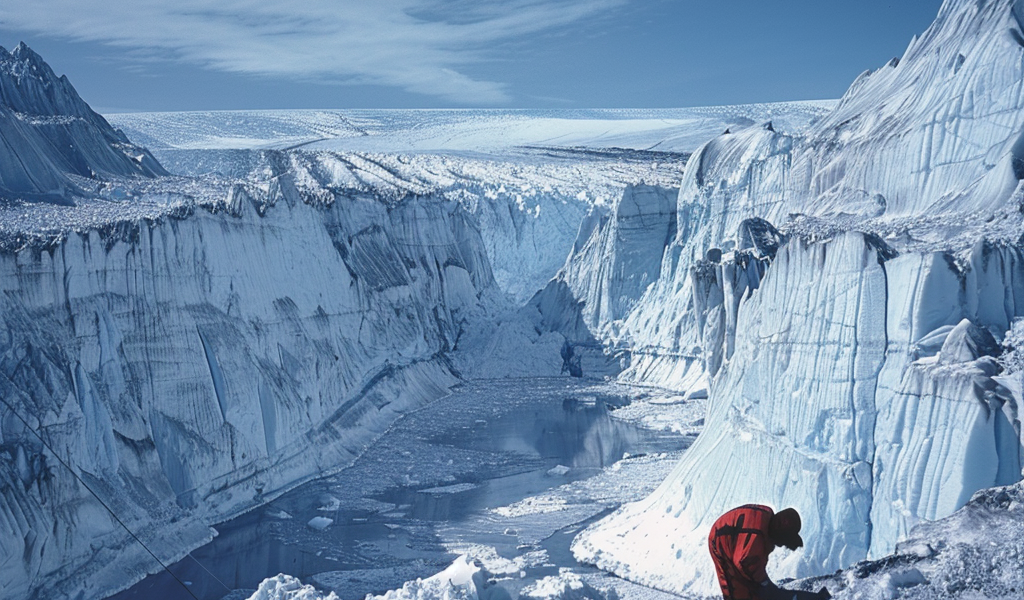In a groundbreaking study, a professor from Oregon State University (OSU) is delving into the intricate history of Earth’s climate by analyzing ice cores from Greenland. This research, spearheaded by Cristo Buizert, an Associate Professor and Paleoclimatologist, aims to shed light on significant climate events that occurred thousands of years ago.
Buizert explains the methodology behind their research: “What we do is travel to these remote locations, drill deep into the ice, and extract long cylinders of ice known as ice cores. These cores contain layers of ice that have accumulated over millennia, preserving a record of past climate conditions.” This technique allows scientists to access ancient snow layers and study historical climate patterns.
The focus of the research is on a series of abrupt climate change events referred to as Dansgaard-Oeschger events. These events are characterized by rapid temperature fluctuations that occurred in Greenland and are recognized as some of the most significant climate shifts in history, all of which were not influenced by human activity.
Buizert emphasizes the importance of understanding these abrupt climate changes, stating, “The reason we are so interested in these events is that there is a possibility they could occur again in the future.” This insight is critical as it could help prepare for potential future climate scenarios.
The data collected from these ice cores is expected to enhance the accuracy of climate models. Buizert notes, “Climate models are adept at predicting the response to carbon dioxide levels. The warming observed over the past four decades was already anticipated by climate models back in the 1980s. However, predicting the stability of ocean currents and their influence on climate remains complex.”
By analyzing the ice core data, researchers hope to refine these models further, providing a clearer understanding of how past climate events can inform future climate predictions. This research not only contributes to the scientific community’s knowledge of climate history but also serves as a crucial reminder of the potential for abrupt changes in our climate system.
As climate change continues to be a pressing global issue, studies like Buizert’s play an essential role in bridging the gap between historical climate data and modern climate science. Understanding the past is vital for anticipating future climate scenarios and making informed decisions to mitigate the impacts of climate change.
In summary, the ongoing research at Oregon State University highlights the significance of ice core studies in unraveling the complexities of Earth’s climate history. The findings from these studies not only enhance our understanding of ancient climate events but also provide valuable insights that could shape our response to the challenges posed by climate change in the future.





